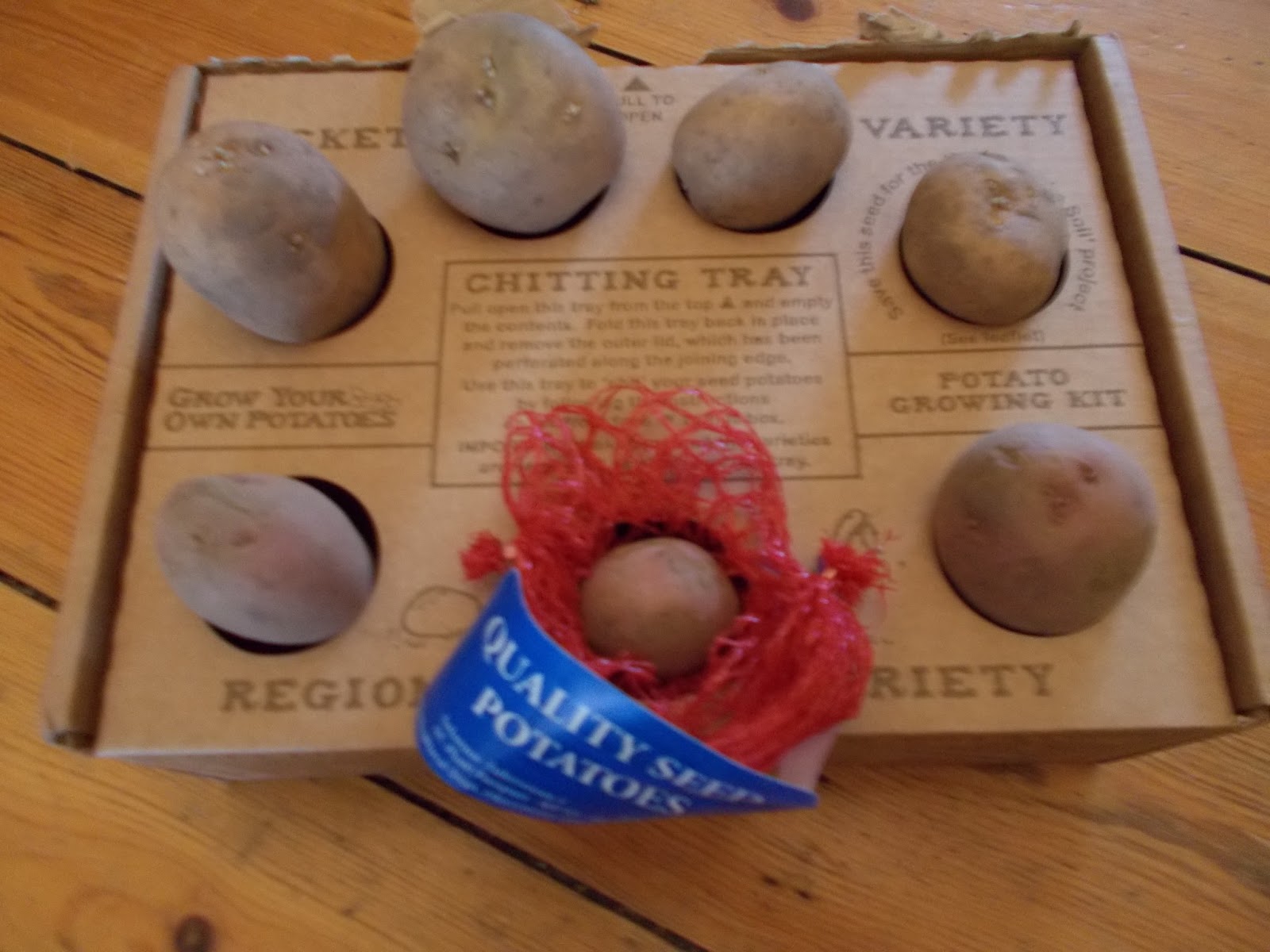Younger Daughter is year 2 age in September. I think this is equivalent to 1st grade in the US.
So what do we plan to do?
Bible
This year we have used the
Bible Road Trip as a rough outline. By the end of the academic year, we should have finished 2 Chronicles. We hope to continue with this. There is so much more in this curriculum than we've used. Hopefully, we can add in some of the mapping and other of the craft activities.
Our Bible memorisation has been slow, this year. A verse a week seems to be the maximum we have achieved. It would be great to increase this rate. This is an area that I need to think about over the summer.
Recently, we've added in a hymn each day-the same one for a week! My plan is to continue this.
English aka as Literacy and Language arts
This year we used Jolly Grammar 1 and the on-line Reading Eggs. Towards the end of the year, we needed more of an emphasis on phonics so started to use Hooked on Phonics 1. This is quite repetitive but in many ways this was what we wanted. We plan to continue with this and then use Hooked on Phonics 2. This is will not last all year, using a lesson per day, so we may well go back to Jolly Grammar.
At present, using the Hooked on Phonics words for spelling is working well.
This post from My Joy Filled Life about tactile spelling activities has proved useful and I plan to continue using the ideas.
For handwriting, we started using Getty-Dubay, earlier this year, and plan to continue with this. It has certainly helped.
Of course, we plan to continue plenty of read alouds probably a combination of chapter books and using unit studies with a few more complex picture books, some of which will come from the Five in a Row volume 4 list. Using more Five in a Row books is a particular request of Younger Daughter.
Maths
This year, we have used some games and informal maths along with Mousematics and occasional other books to re-enforce this. We plan to continue with the Mousematics and hope to add in more games and hands on learning. Mousematics comes with the
Mother's Companion.
Science
We have been using Apologia Elementary, Exploring Creation through Human anatomy and physiology. We use this at home and in our home education group. We have taken this slowly, a small section a day, and added in hands on activities. There is still plenty to do left in the book-we do a lesson per month.
This playdough model represents the four chambers of the heart
Of course, we need to carry on with some
fun science. The holiday is a time for researching some ideas and putting them into themes although the risk is that we just go ahead and use them.
History
Youngest Daughter loves history. This last year, we have been looking at the Tudors and the start of the Stuarts. She has had great fun learning about this era in history with one of the mothers, in the home school group who makes history come alive. We have supported this by reading from
Our Island story,
People in history by R.J. Unstead and several Ladybird books.
We plan to continue this and particularly want to add in some trips.
Some of the Five in a Row books will also have a historical thread.
Geography
Youngest Son is very keen to learn about the structure of the earth. I have a lapbook and study guide from a
Journey through Learning which we plan to work through.
Five in a Row will also provide opportunities to study Japan (Grass Sandals: the travels of Basho), Australia (the Pumpkin runner), the US (Snowflake Bentley), Hungary (Hanna's Cold winter), Russia (Another celebrated dancing bear) and Italy (Angelo).
Art
Younger Daughter loves art and will often paint in her free time. Next term, she is old enough to start some local children's classes. We also hope to do some art activities based loosely on the Five in a Row books.
Matisse inspired collage after reading Little Nino's Pizzeria
Thoughts on other art ideas would be good particularly anything which links artists' work and hands on art. This year, we've used the Usborne
First book of art but have now finished this lovely book which links artists and ideas with art projects.
We plan to continue looking at one of these
Usborne cards each day.
Music
We plan that Younger Daughter will start organ lessons.
I'm sure that we don't listen to enough music around the house. One area that I need to work on is increasing this.
French
The aim is to use a combination of 2 Simple French and Skoldo mainly working on listening to and speaking French rather than writing and grammar.
I'm getting curriculum fatigue!
This should all come with the disclaimer that we use curricular materials in a fairly loose way and that whilst this seems a reasonable fit for our daughter for next year, it might not be the best fit for our other children, let alone for another family. All the same, most of the books and ideas that have worked best for us have been found from other home educators recommendations.












































